Meet Marco Martinez O’Daly | Urban Improvement Consultant
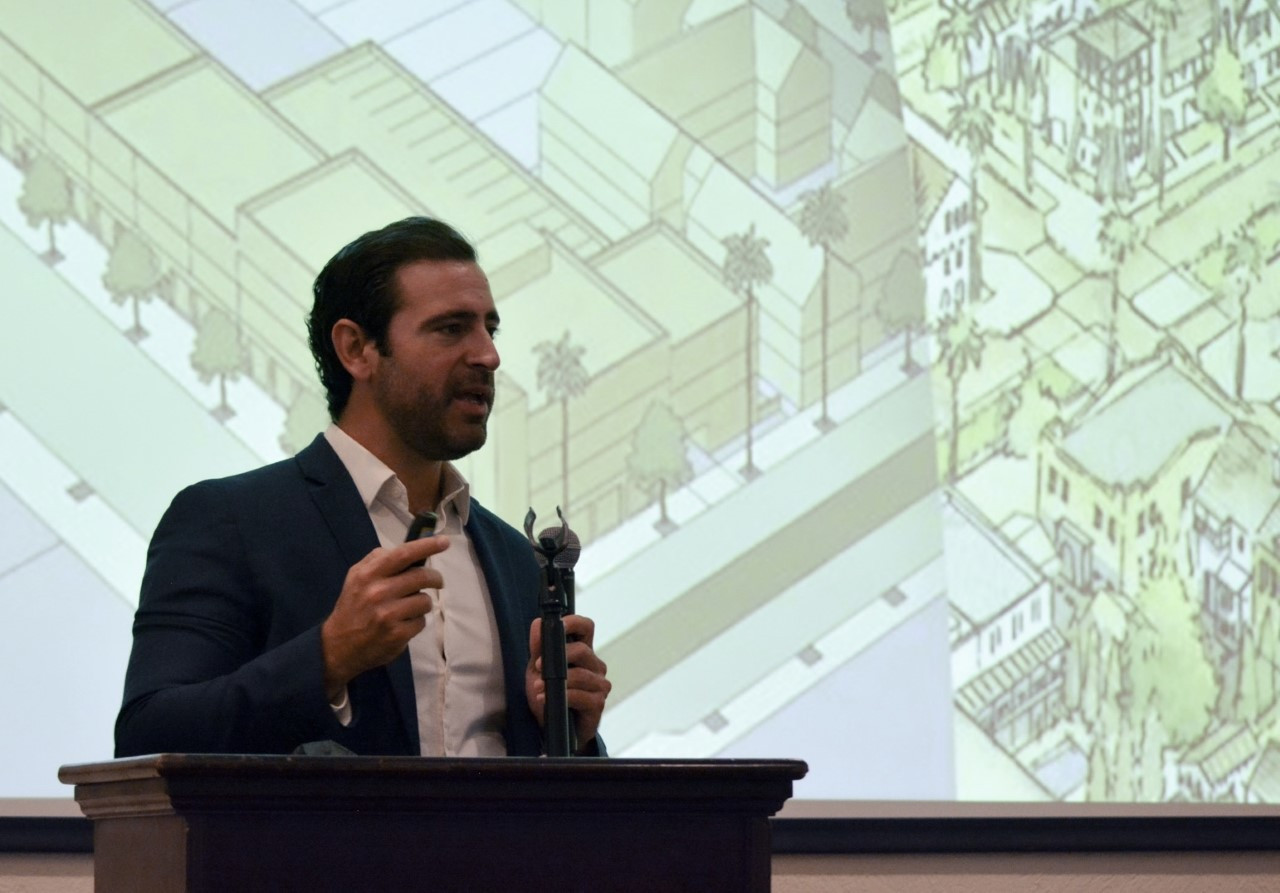
We had the good fortune of connecting with Marco Martinez O’Daly and we’ve shared our conversation below.
Hi Marco, maybe we can start at the very start – the idea – how did you come up with the idea for your business?
Since 2008, I’ve been in the business of helping local governments improve cities through public space transformation and urban planning reforms. The original idea was born while I was still a student at the University of San Diego, one of the most beautiful college campuses in the world, and at the time, my father was the mayor of Nogales, Mexico. Growing up, crossing the border daily, I had always been captivated by the stark difference between the quality of the infrastructure and of public services between one side of the border and the other, particularly noticeable in the visible landscape of public spaces, streets, parks, rivers, and green spaces. As an observer, despite the great strides my father’s administration seemed to be achieving in infrastructure investment, I began to think that the missing element was beauty. That is how I became interested in the world of public space design and urban planning.
My first business was called Greenspot, a tactical urbanism social business, that attempted to bring beauty to cities like Nogales through streetscape architecture, city greening, and art. Eventually, this launched us into the world of New Urbanism, focused on the need to change more than just the visible surface of a city, which tends to be a reflection of much deeper things, like economic growth, municipal finances, education, community engagement, crime, corruption, rule of law, things that determine the quality of life of a city. Beauty would only be the outcome of a much more profound change in governance.
As we increased our involvement and influence in that space, we were eventually invited by Senator Pancho Burguez to lead a legislative effort to create a national urban planning reform. This would change the entire course of my work, having to give up Greenspot’s original business model, to help legislate these new concepts, where laws, regulation and politics meet urban and economic development.
After hundreds of workshops and interviews with some of the world’s most visionary experts and institutions, the bill was finally finished and voted into law in 2016. As the coordinator of the law, I was now recognized as one of the experts on this revolutionary urban reform model. But now, most local governments needed help implementing this new law, to redesign their local plans and regulatory frameworks. So this led me to write my first book “La Reforma Urbana”, a guide of Mexico’s new law, to help legislators, mayors, land developers, architects, and urban thinkers understand and implement this new urban model. At the same time, I began creating digital content, videos, articles and all kinds of educational media, and I became a consultant.
As a consultant, my work consists of recruiting and coordinating highly specialized teams for each project or contract, to help states and cities redesign their governance structures and rethink their infrastructure and public space plans, land ordinances and regulations.
This led to some interesting partnerships along the way, like the Friedrich Naumann Foundation for Liberty, which resulted in significant international work as well, and to the development of an ever increasingly popular tool kit for urban reform and innovation. This is how the second set of books were born, which would become the first Smart Cities Manual in Latin America. Through the smart cities program, my consulting projects have now resulted in work with cities from around Mexico, Guatemala, Honduras, Costa Rica and Panama.
But there are thousands of cities in dire need around Latin America, and as much impact as our work could have in a couple cities, it hasn’t been nearly enough. And so, in our latest attempt to spark transformational change, we embarked on the development of a much more comprehensive learning program, that would allow us to help hundreds, or thousands of urban thinkers from around the world, in an effort to help them design and implement these ideas on their own. This gave birth to my latest business model called Smart City University, an online learning platform that brings the greatest and most experienced urban planners and innovators from around Latin America, to share knowledge and experience for local governments and urban innovators.
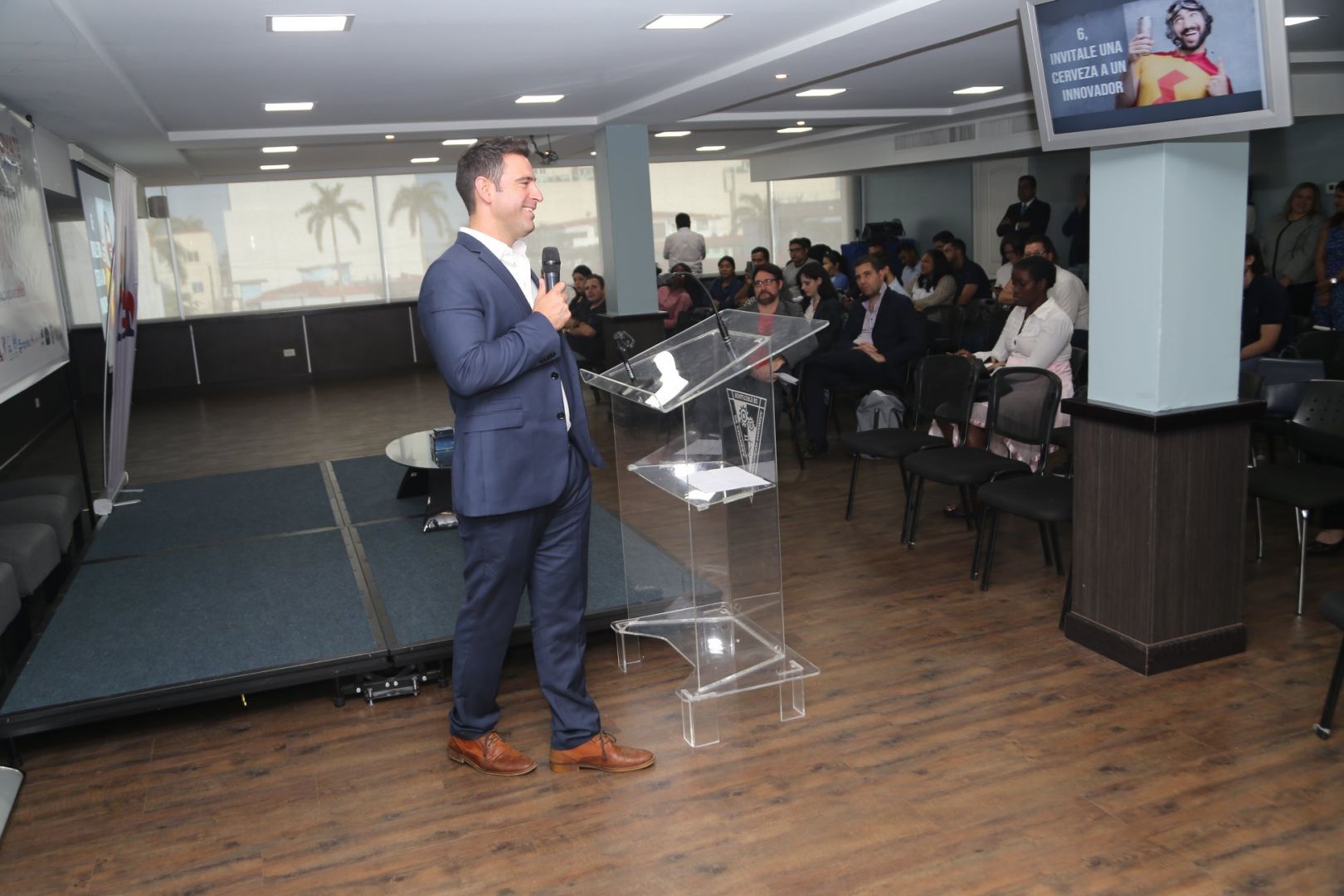
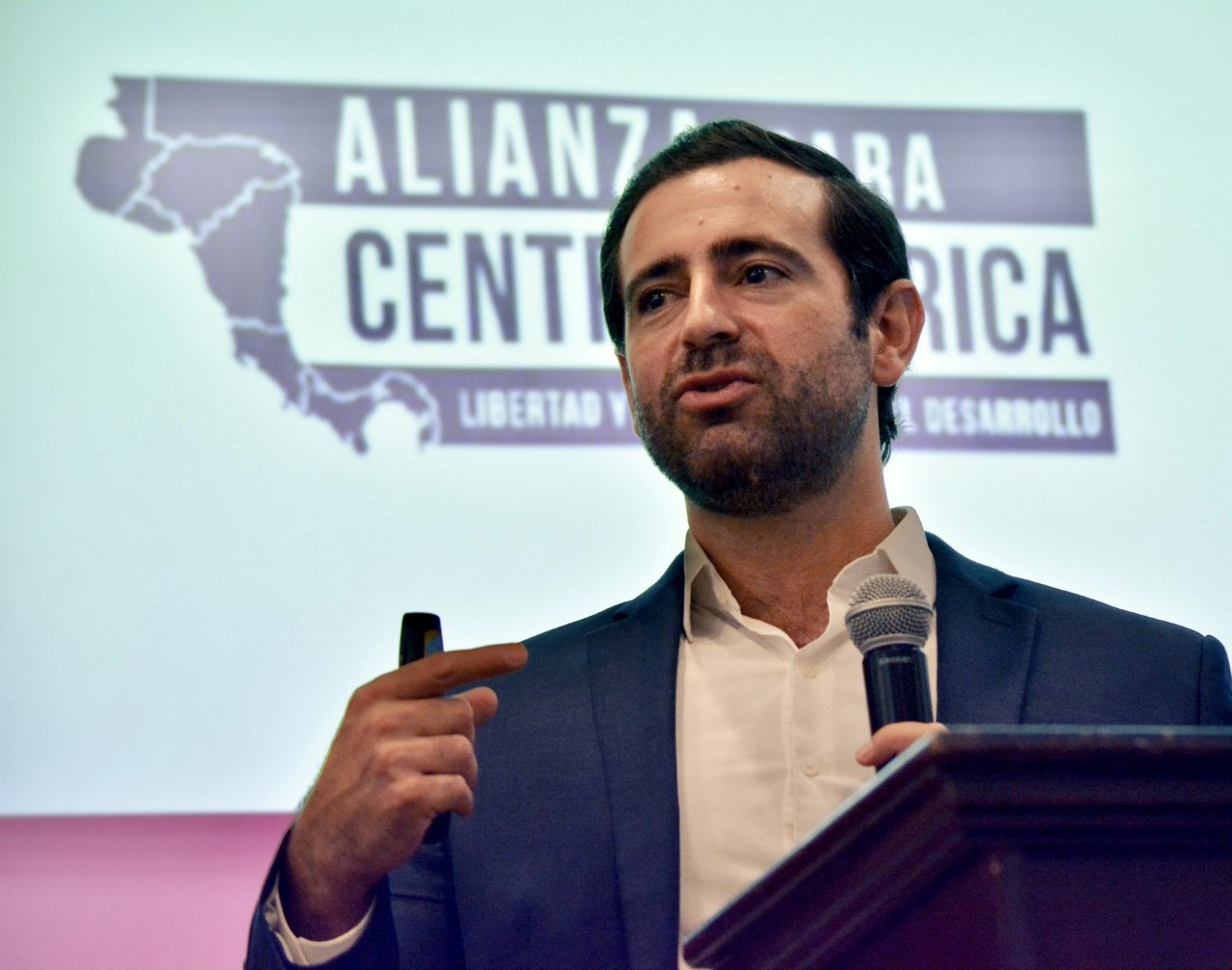
What should our readers know about your business?
Besides the story of how it came to be, which conveys much of this question, I think an important thing to share is that, despite the extraordinary impact of the projects I’ve been fortunate to work on, it does not come about without a great sacrifice. My business model is one that focuses on creating change in an industry that does not naturally want to change: government and government contractors. And so, surviving in an industry that does not naturally demand what you offer requires an extraordinary amount of creativity, and sacrifice, to provide reliable, professional value, despite incredibly low, or nonexistent, budgets for the service we offer. The only way this works is if we employ every available technology, organizational innovation, and digital tools, to produce extremely fast and low-cost results that would normally cost other firms millions to produce and would take years to finish. Even so, this business model only works because of our team’s ability to work, and live, through extremely long periods of austerity, with levels of such low income, or of such unpredictability in cash flow, beyond what most would consider comfortable, or acceptable. Most people would, wisely, not choose this path for more than a couple months. I had to endure it for over a decade. I don’t recommend most people follow this type of life path, unless, and this is my main point, unless they believed in it so much that they’d be willing to do it for free. And in time, through strategic partnerships, business model adjustments, and proven results, more sustainable opportunities may begin to arise.
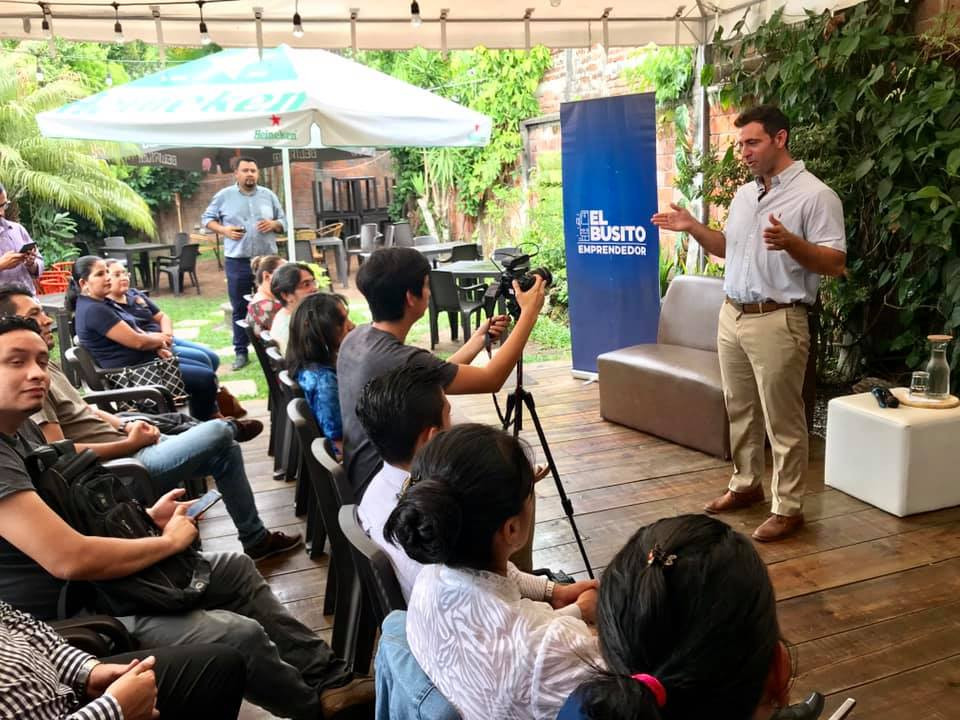
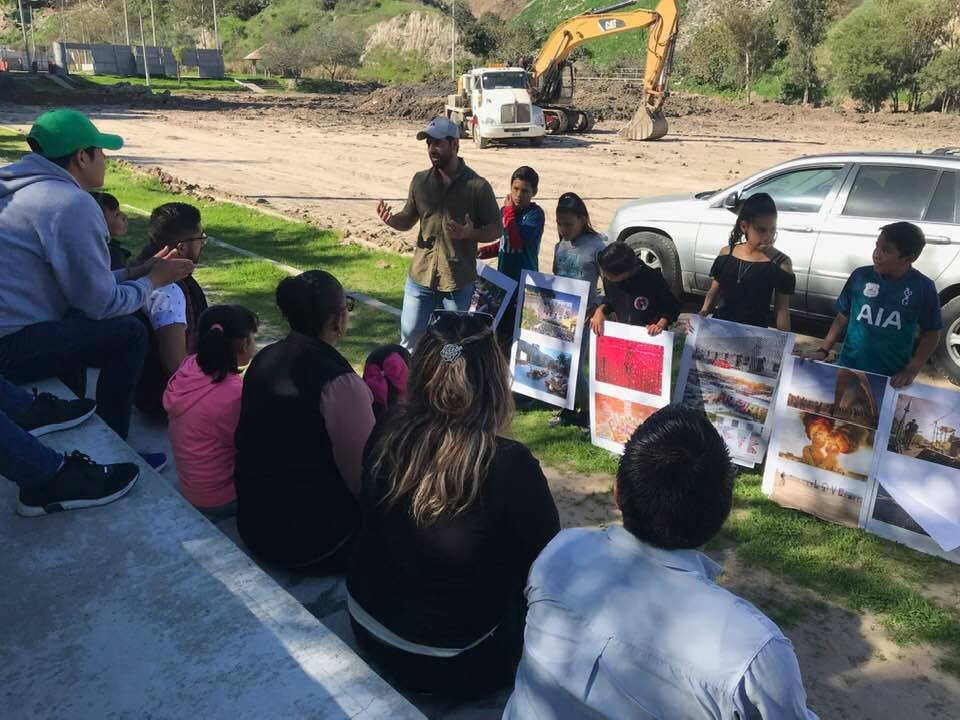
If you had a friend visiting you, what are some of the local spots you’d want to take them around to?
In Tucson, must do activities for locals and visitors:
-Hiking Sabino Canyon, to Seven Falls, and Catalina State Park, to Romero Pools, especially during raining season, when the streams and waterfalls are running.
-Biking through Rillito River, exploring the dozens of routes and beautiful parks the 131 miles of “The Loop” boardwalk bike path connects, and maybe catching the bats take of at sunset on Campbell.
-Bar hopping through Downtown and Fourth Avenue, trying dozens of unique restaurants, bars and breweries, and unique spots like the Boxyard, (all while bragging about the great urban renovation and street redesign that’s taken place).
-Walking around the Mercado District, as a great example of a new urbanism neighborhood, and trying out some food around Mercado San Agustin, and the Annex, possibly after a jog up Tumamoc Hill.
– Walking around the University of Arizona campus, enjoying some food at University Avenue, and possibly a tail gate experience during football season.

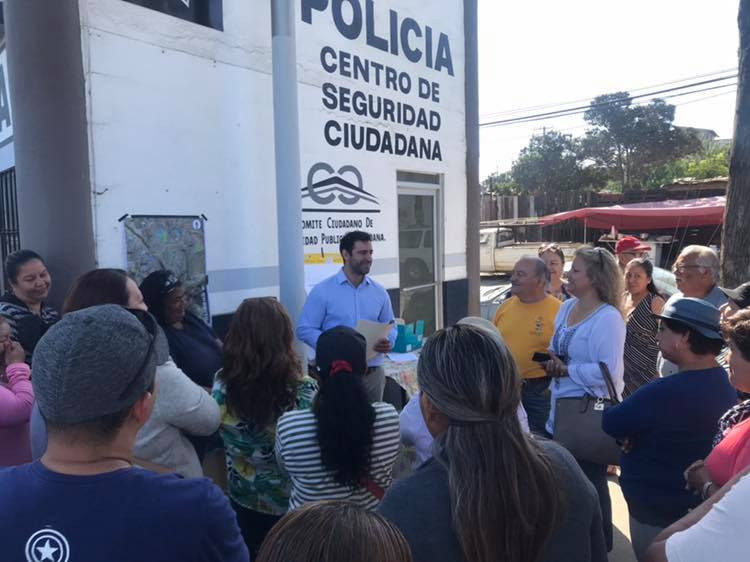
Shoutout is all about shouting out others who you feel deserve additional recognition and exposure. Who would you like to shoutout?
First of all, I am very grateful to my mentors, my father, Marco Antonio Martinez Dabdoub, one of the most visionary and successful mayors I have met to date, as well as Senator Francisco Burquez, one of the most forward-thinkinglegislators, from whom I had the great fortune of learning during for almost 6 years. Furthermore, I am very grateful for the Friedrich Naumann Foundation, for putting their trust me as they grow their smart city platform throughout Central America.

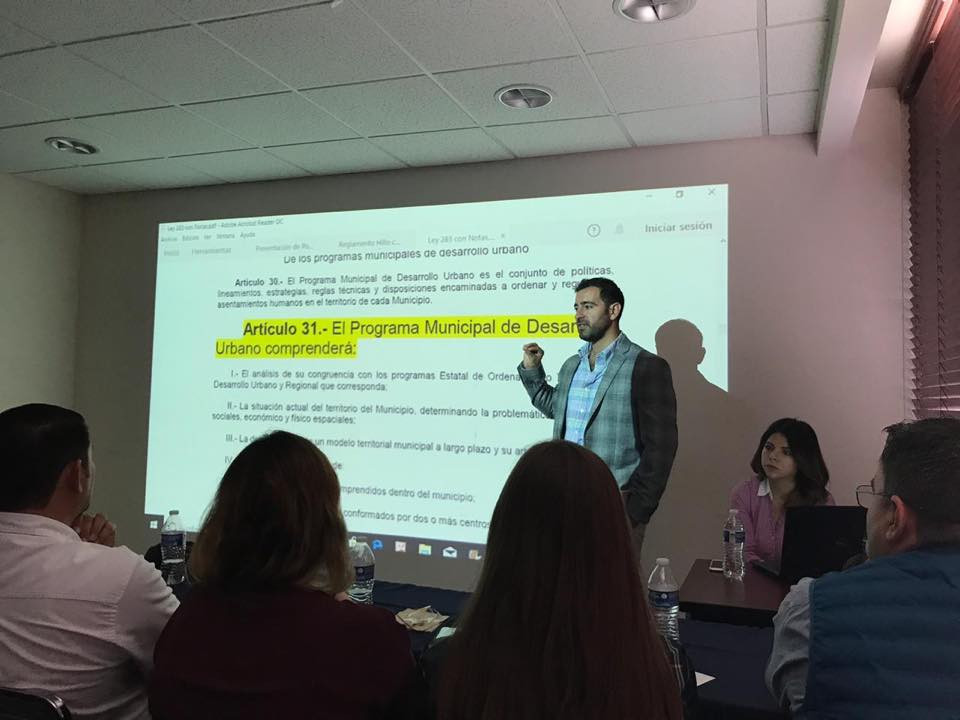
Website: www.marcomartinezo.com
Instagram: @marcomartinezo
Facebook: www.facebook.com/reformaurbana
Youtube: Channel: Marco Martinez O’Daly
